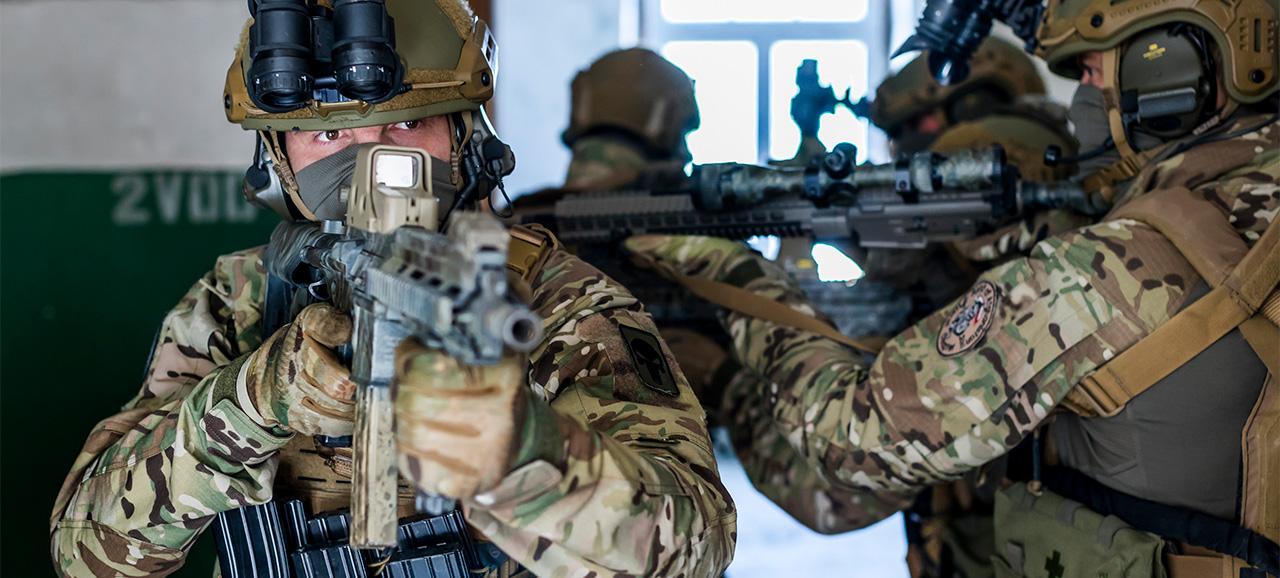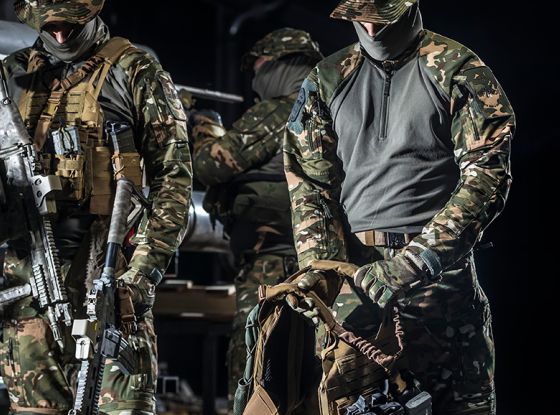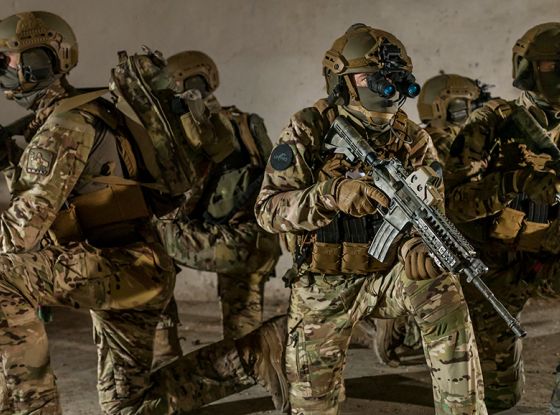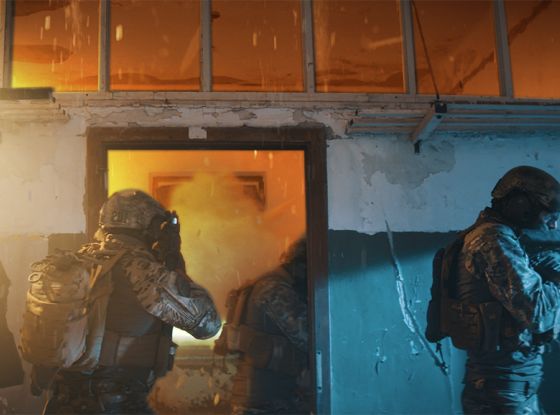What counts as tactical gear? When did tactical apparel come into wide use? What types of equipment do people perceive as tactical gear? To understand the basis and importance of tactical gear, you must first understand its purpose.
What's in this blog post?
Introduction
Everything from pants to plate carriers is driven by a mission and a purpose. And, in this context, we are talking about the tools and work clothes of our military and law enforcement. While you might put on a shirt with the purpose of making a statement, tactical gear is worn with the purpose of holding extra ammo and magazines or for some level of fire protection or maybe even just to better support a hip-carried firearm.
Tactical Gear: Purpose- and mission-driven gear for military, law enforcement, and first-responders.
Once upon a time, the only people who used tactical gear were those who actually needed it. Of course, times have changed and now we see tactical gear on the backs of anyone who might desire to wear it and can afford it.
SIGN UP FOR MORE INTEL LIKE THIS.
Enter your email and stay in the know with updates about tactical clothing and other relevant topics.
Prijavljaš se na naše e-novice, od katerih se lahko kadarkoli odjaviš. Preberi več o tem v sekciji “zasebnost“.
Tactical Gear History
When Did the Term ‘Tactical Gear’ First Appear?
The term “Tactical Gear” was coined as a marketing ploy to move surplus military gear without calling it military. This made the gear more appealing to more people, which helped the marketers sell more of it.
Over time, this gear saw increased demand. Top brands suppliers—including the company 5.11—seized upon the opportunities presented by this growing demand. Meanwhile, specialized units such as the U.S. Federal Bureau of Investigation expressed certain wants and needs when it came to tactical gear.
Variations on products developed for the FBI and others soon came into use by regular police units. From there, tactical gear trickled down to first-responders and then eventually to civilians. Indeed, regular police, first-responders, and civilians now account for a large portion of tactical gear sales.
The Evolution of Tactical Gear
Tactical gear has changed over the decades in step with changes in warfare and technology. Expansion of tactical gear into the civilian market is the newest twist in the development of this product category.
This desire for more tactical gear innovation and the robust competitiveness of the market will ensure that the evolution of these products continues apace.
When Did the Term Tactical Pants First Appear?
Dan Costa is considered the godfather of tactical pants. He and business partner Francisco Morales founded 5.11, a company that derives its name from mountain-climber lingo. In 1992, they were called to a meeting at the FBI's 547-acre training academy on a sprawling Marine Corps base in Quantico, Virginia."
The FBI asked Costa and Morales to visit Quantico so they could talk about 5.11’s cargo-styled pants.
It so happened that numerous FBI instructors and trainees were using those pants and had fallen in love with them. Consequently, the FBI wanted to make them standard-issue throughout the entire agency.
The 5.11 team took home a contract to manufacture an FBI-specific, features-rich version of the pants—and thus were born tactical pants as a product category.
Cargo and tactical pants are alike in that both have deep pockets. But that’s where the similarities end.
Tactical pants have deep pockets and come with reinforced stitching for withstanding the weight of a carried firearm and heavy gun-belt. Also, they’re commonly built of ripstop material and include padded knees.
Back in the early 1990s, 5.11 pants were seen as revolutionary. However, since then, tactical pants have evolved, dramatically so. Beyond the requirement that they offer essential features such as pocket capacity, knee protection and durability, today's tactical pants must deliver above all else excellent comfort.
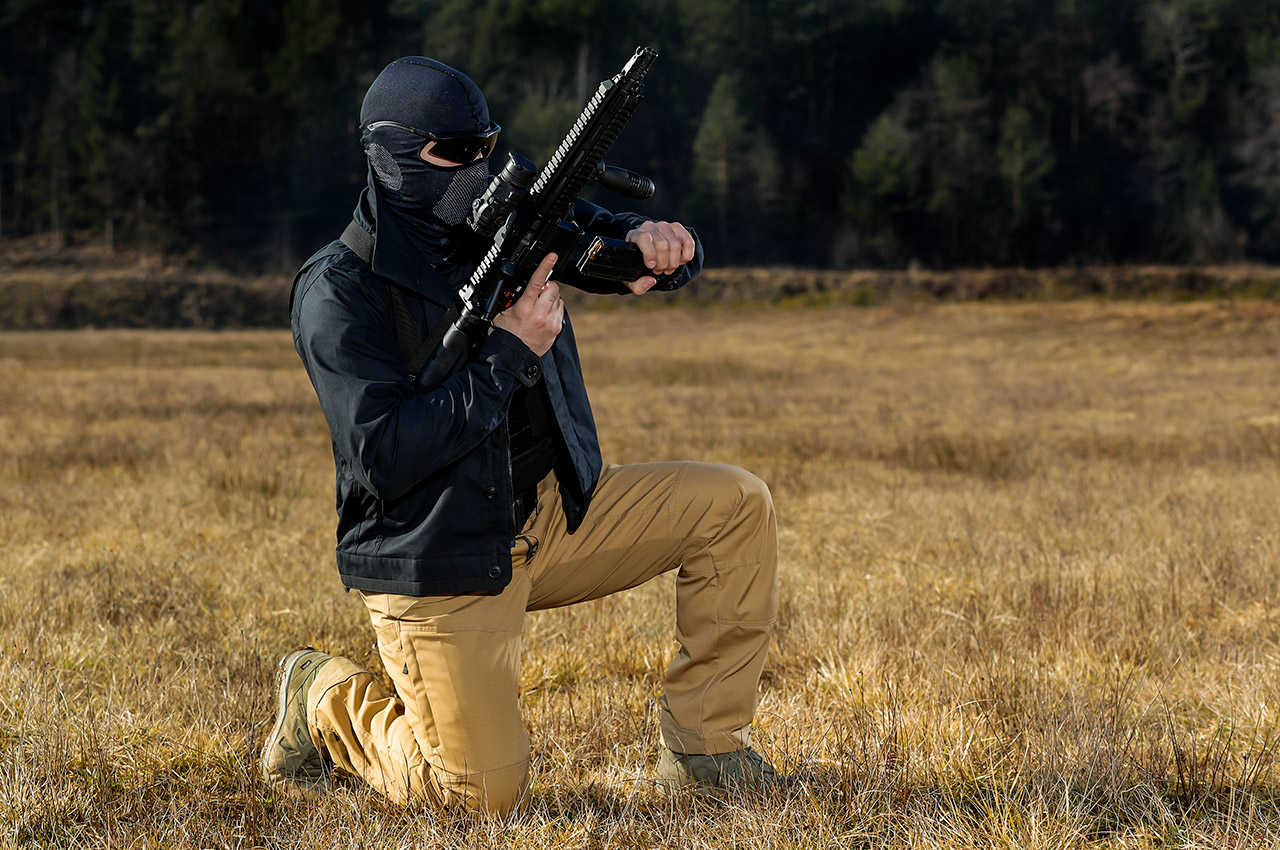
It was in 2012 that tactical gear made an enormous leap. That year, UF PRO introduced its P-40 tactical pants. Now considered a true classic, the extraordinary P-40 ditched the then-conventional bagginess of tactical pants and replaced it with a special hybrid cut.
This innovation preserved the functionality afforded by bagginess but also endowed the pants with superior movability.
The hybrid cut was made possible by incorporating into the seat of the pants one of the leading brands of stretch fabric. This fabric—from Switzerland-based manufacturer Schoeller—is known for its extreme robustness and excellent stretch properties.
Now, in 2020, this material and the hybrid cut—together with the pants’ unique anatomic cut, functional pocket configuration, and modular knee-protection system—have served to position the P-40 as an industry standout, the benchmark to beat.
Learn more about the P-40 Tactical Pants here.
Coining of the Term ‘Combat Shirt’
In the immediate aftermath of 9/11, the U.S. prepared for war once more in the deserts of the Middle East. However, this time, American forces would be fighting while wearing new types of clothing and redesigned camouflage.
Desert Multicam and fire-resistant Nomex combat shirts became in January 2007 integral components of the U.S. Army’s uniform.
Looking ahead, the next generation of material for combat shirts could be ballistic-proof. Researchers are using combinations of fibres and filaments to create material strong enough to prevent penetration by low-velocity rounds.
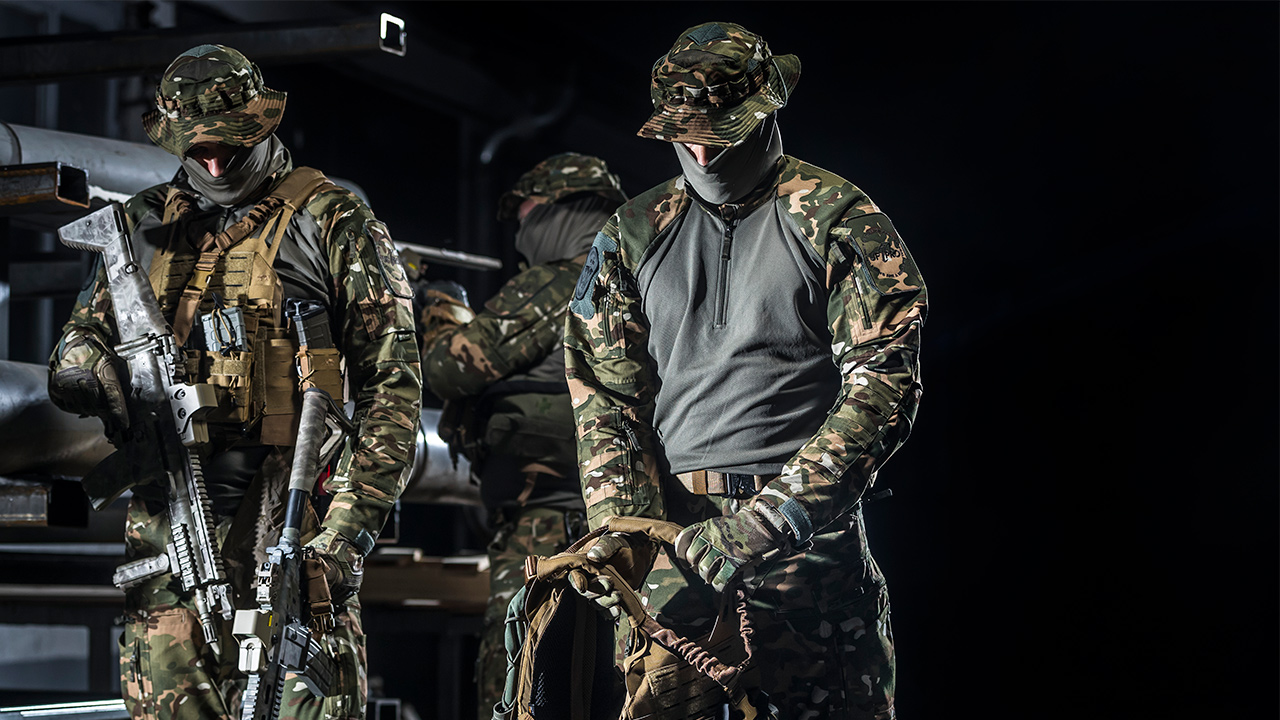
From Cargo Pants to Combat Pants
Cargo pants were popularized by the entertainment and music industries. Performers like Pantera and even urban hip-hop singers wore them on stage.
These pants were beloved for their functionality but equally so for their ability to make a fashion statement. However, combat pants aren’t about making fashion statements. They’re about mission success.
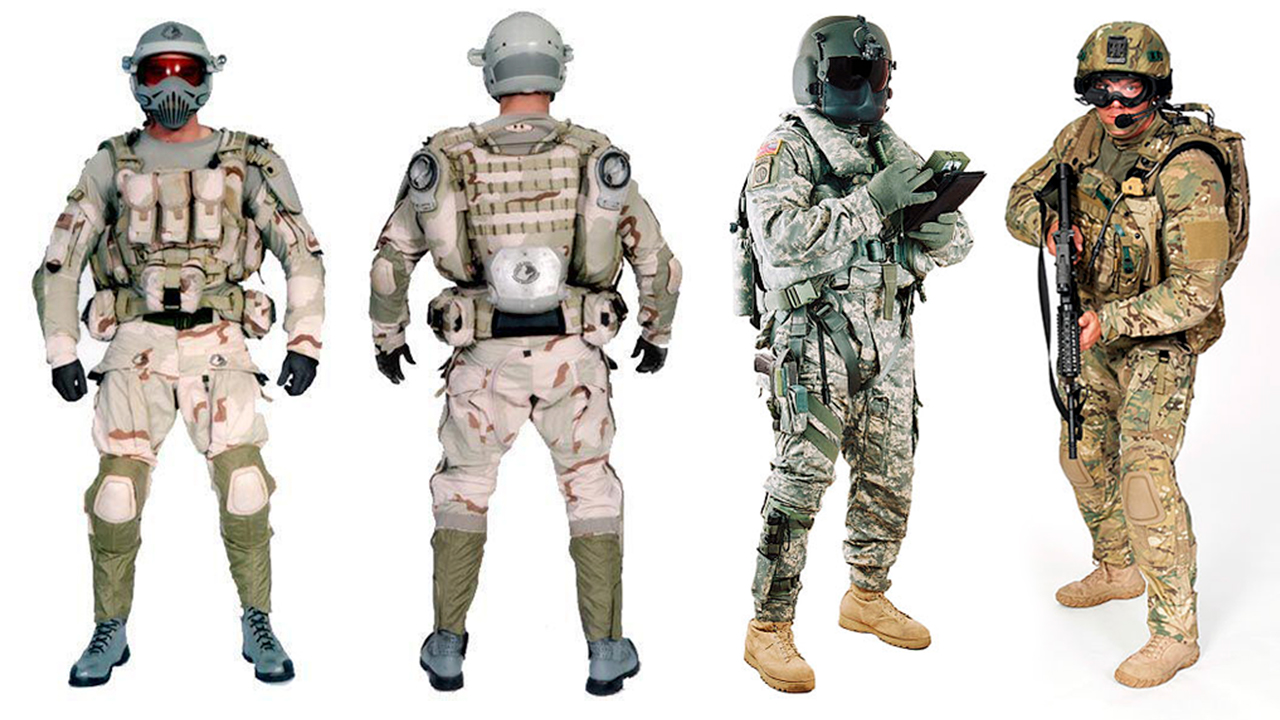
The revolution in combat pants began with a soldier modernization program by the name of Objective Force Warrior, one of many similar initiatives dating back to the 1990s.
Objective Force Warrior gave Crye Precision an opportunity to start along the path to building high-quality combat clothing—combat pants in particular—by working in conjunction with Juggernaut Defense and Artisent.
It was this work with combat clothing, load bearing, and armour components that opened the door to Crye’s development of the Modern Soldier System and inspired elements such as integrated knee pads (which, to this day, are seen in the company’s G3 and G4 combat pants).
Crye long dominated the combat pants market, becoming a favorite choice of the special operations community. For many years it seemed as if the market consisted solely of Crye combat pants and competitor knockoffs.
That changed in around 2015 when predominantly European law enforcement units began switching to UF PRO Striker Combat Pants.
Find out more about the Striker Combat Pants here.
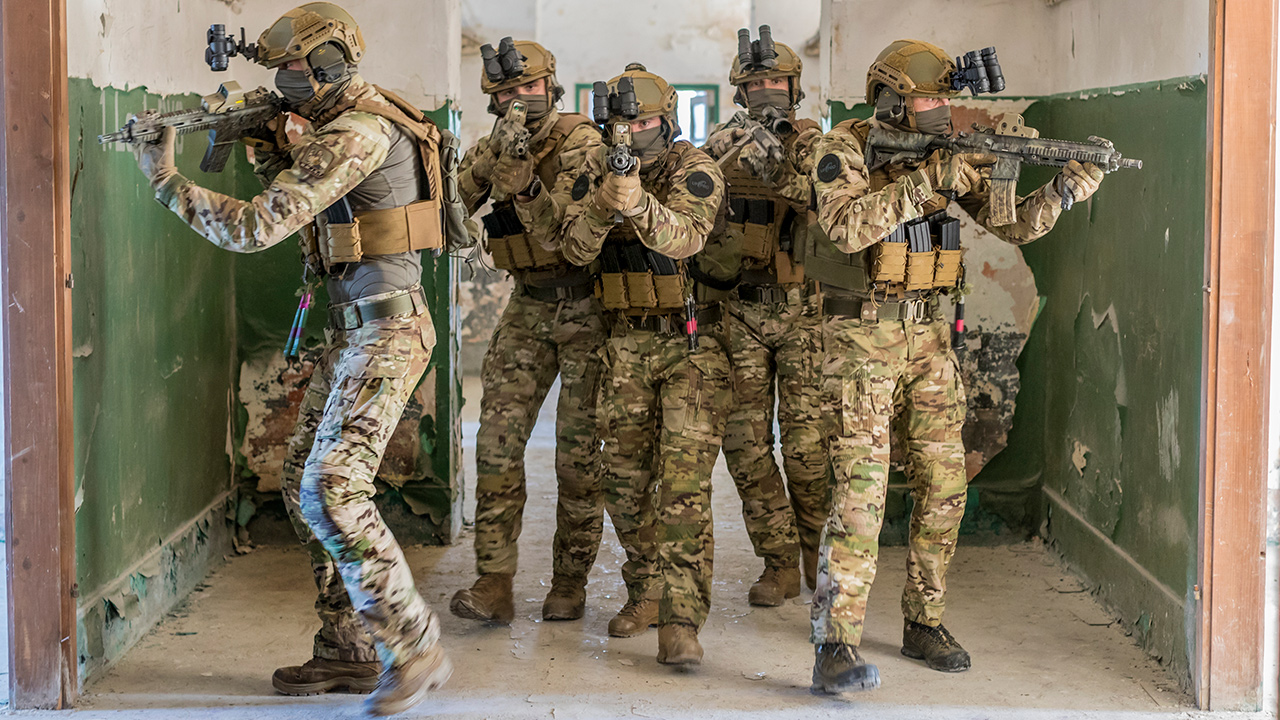
What Does the Future Hold for Tactical Gear?
With the explosive growth of the EDC crowd, tactical gear producers—new and old—are being driven to create what they each hope will become the market’s most talked-about product innovation.
Accordingly, they now routinely showcase their latest wares at huge media events such as Shot Show in Las Vegas.
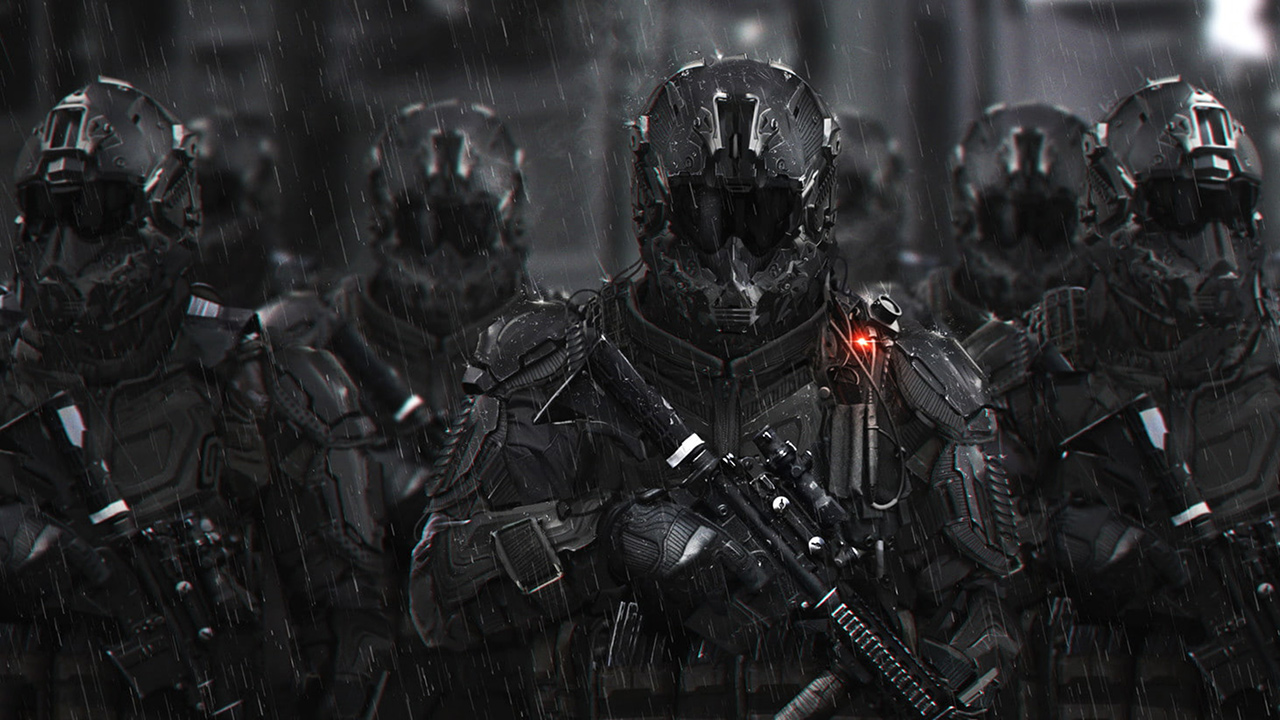
This tactical-market pressure will undoubtedly push manufacturers to create top-quality gear employing the most advanced materials available for military applications and those available for civilian use.
Most Commonly Used Tactical Gear by Operators
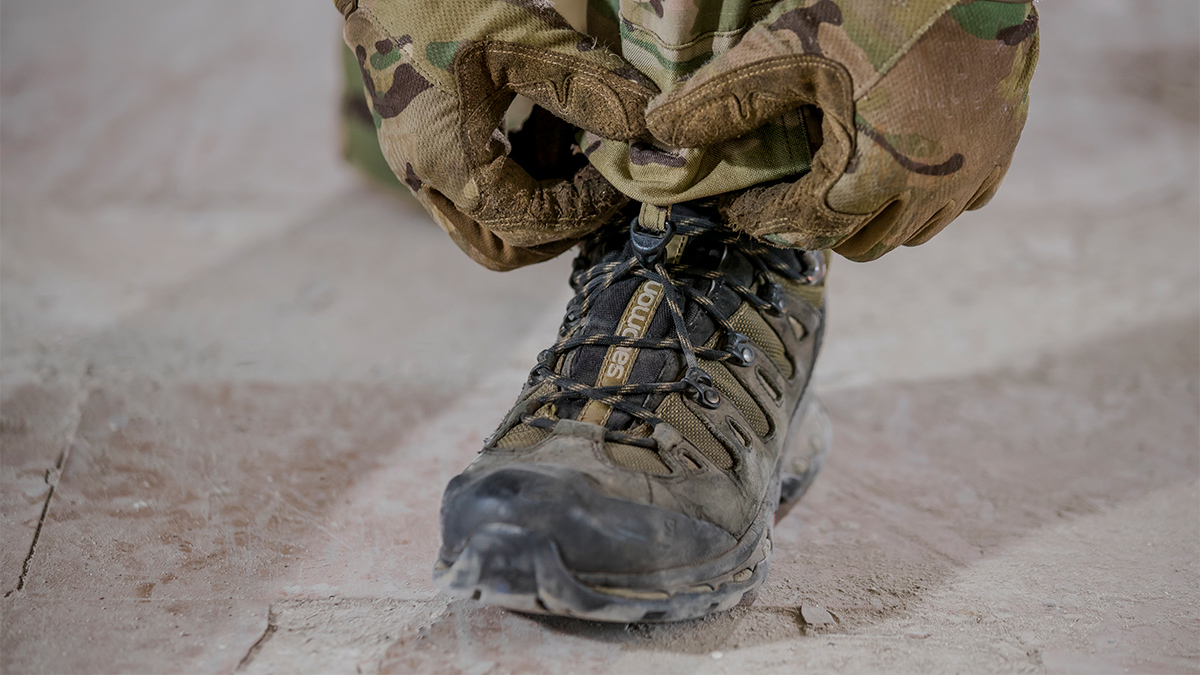
Boots
Mobility is crucially important to operators. To be mobile, one of the most important items operators need are boots.
A well-designed and smartly constructed pair of tactical boots permits the wearer to traverse many types of terrain and to do so with minimal strain and risk of injury. From attack to retreat, a great pair of boots always takes you in the right direction.
Characteristics of proper boots would include things like:
-
Lightweight design
-
Durability
-
Waterproofing
-
Breathability
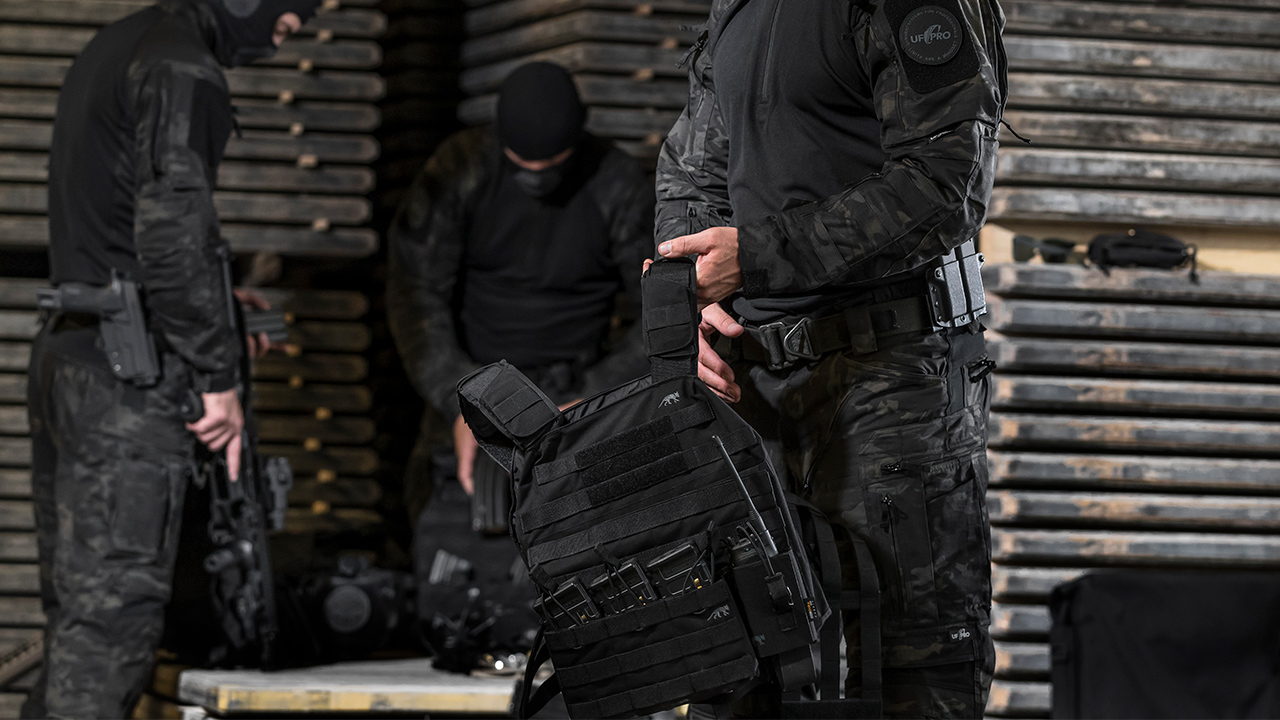
Body Armour
We can credit the increasing and widely televised incidence of active shooter situations worldwide with having raised everyone’s appreciation of the essential role body armour plays in saving lives.
Modern body armour can be loaded into a plate carrier or slipped into special pockets on tactical shirts and vests, that’s how versatile it has become.
Body armour is rated according to its ability to stop certain types of rounds. The ratings are given by the U.S. National Institute of Justice (NIJ). There are five levels of NIJ rating.
LEVEL IIA
Capable of stopping low-velocity 9mm and .40 caliber handgun bullets.
LEVEL II
Offers protection from higher caliber, higher velocity bullets ranging from 9mm up to .357 magnum.
LEVEL IIIA
Stops rounds of up to .44 magnum size. This is a thicker and heavier level of body armour that has a durable feel to it. Level IIIA armour is also popular for use in Kevlar shields and other non-wearable bulletproof implements.
LEVEL III
Capable of stopping rifle rounds, including an AK-47’s 7.62 caliber bullets. Because they’re typically made of hard plates, Level III armour is appreciably bulkier and heavier.
LEVEL IV
Prevents penetration by armour-piercing bullets up to .30 caliber. This performance is usually achieved by use of thick hard-plates designed to mount to a carrier. Meant for war or heated gunfights, LEVEL IV armour is so heavy that only operators with sufficient strength and endurance can use it.
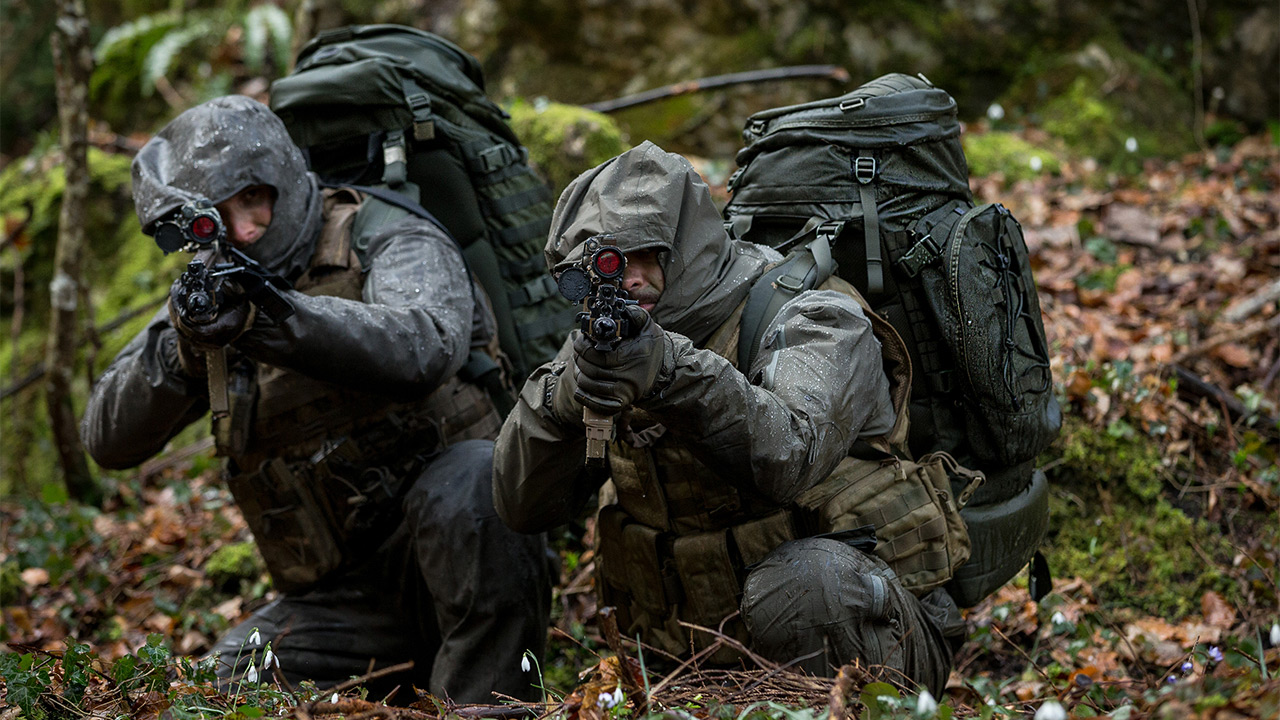 Tactical Backpacks
Tactical Backpacks
Recent years have witnessed a marketplace explosion of tactical backpacks for operators and civilians alike.
Regardless of who they’re marketed to, these bags share certain commonalities—from MOLLE webbing to moral-patch Velcro. For example, tactical backpacks almost universally feature straps designed to help carry rifles.
They also customarily come with hidden zipper pockets for stowing concealed-carry firearms.
These bags also have in common deep-organizational capacity—namely, the ability to carry lots of gear. They sometimes also boast expansion capabilities and places to put water bladders as well as body armour plates.
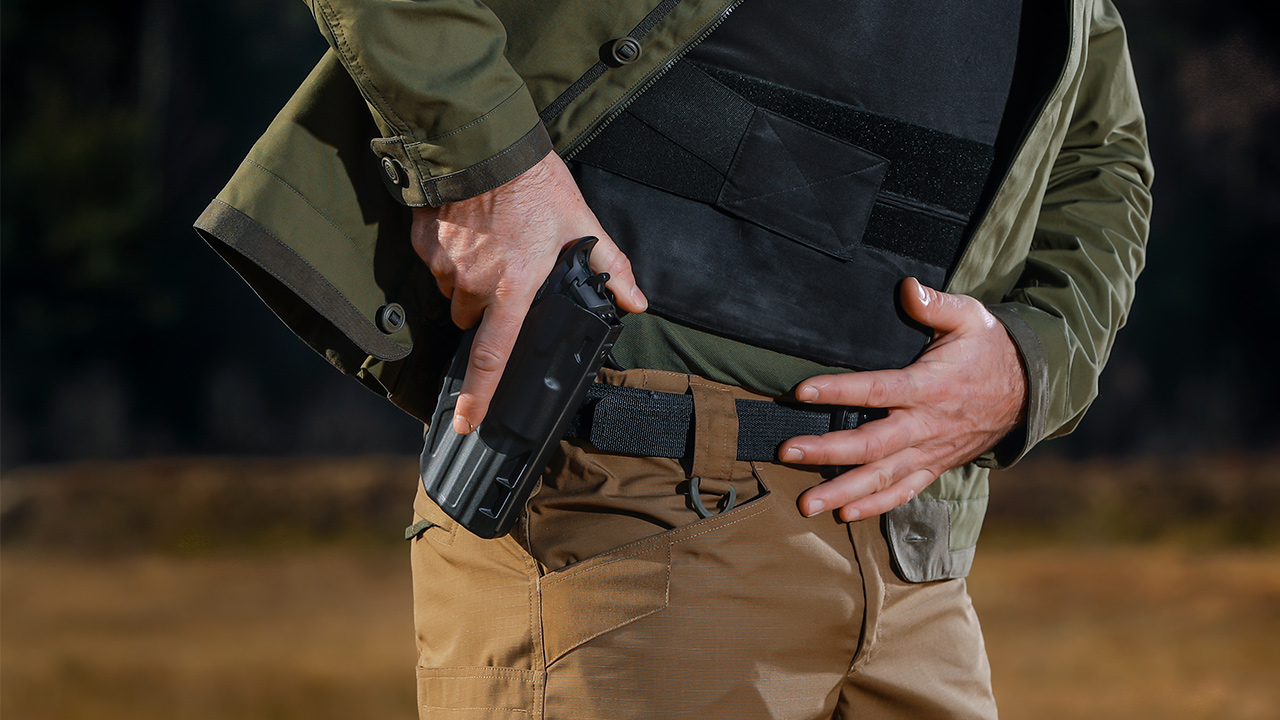 Holsters
Holsters
Carrying things that shoot bullets is just as important as carrying things that stop them. That’s why holsters constitute another key component of tactical gear.
The best holsters give you an edge by affording you fastest, easiest access to your weapon. Holsters can be designed for either open-carry or concealed-carry, and they can be designed to strap to your waistband (inside or outside), your shoulder, or your lower legs.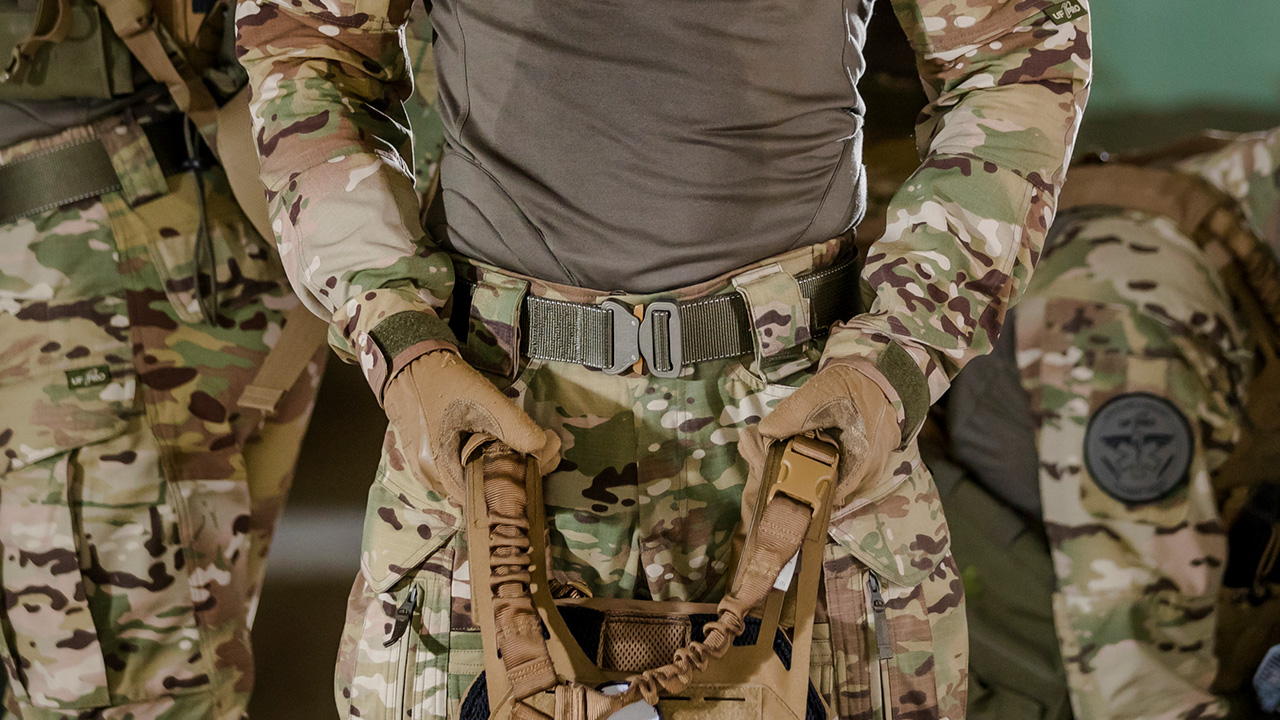
Tactical Belts
The design and purpose of a tactical belt is to handle the weight of whatever other gear you attach to it—holsters, firearms, pouches, cases, and practically anything else you’d rather not have to carry around all the time in your hands.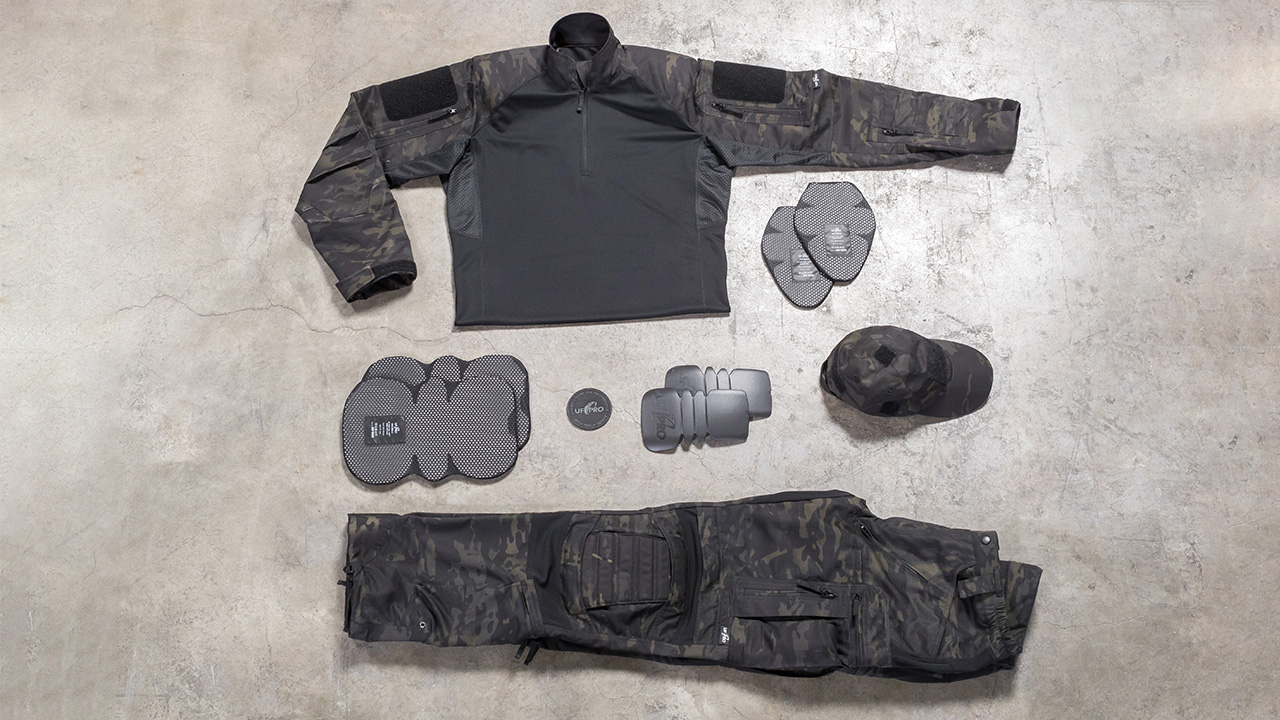
Tactical Clothing
Remember what we said previously about purpose-driven clothing? Purpose-driven clothing is that which you wear both to blend in with an environment and to be able to perform at your best in that environment.
This means the clothing is designed to keep you warm (or cool), comfortable, and free of chafing—even if you need to wear it for days on end with zero opportunity to wash it.
Think camouflage shirts for blending in and cargo pants for carrying gear.
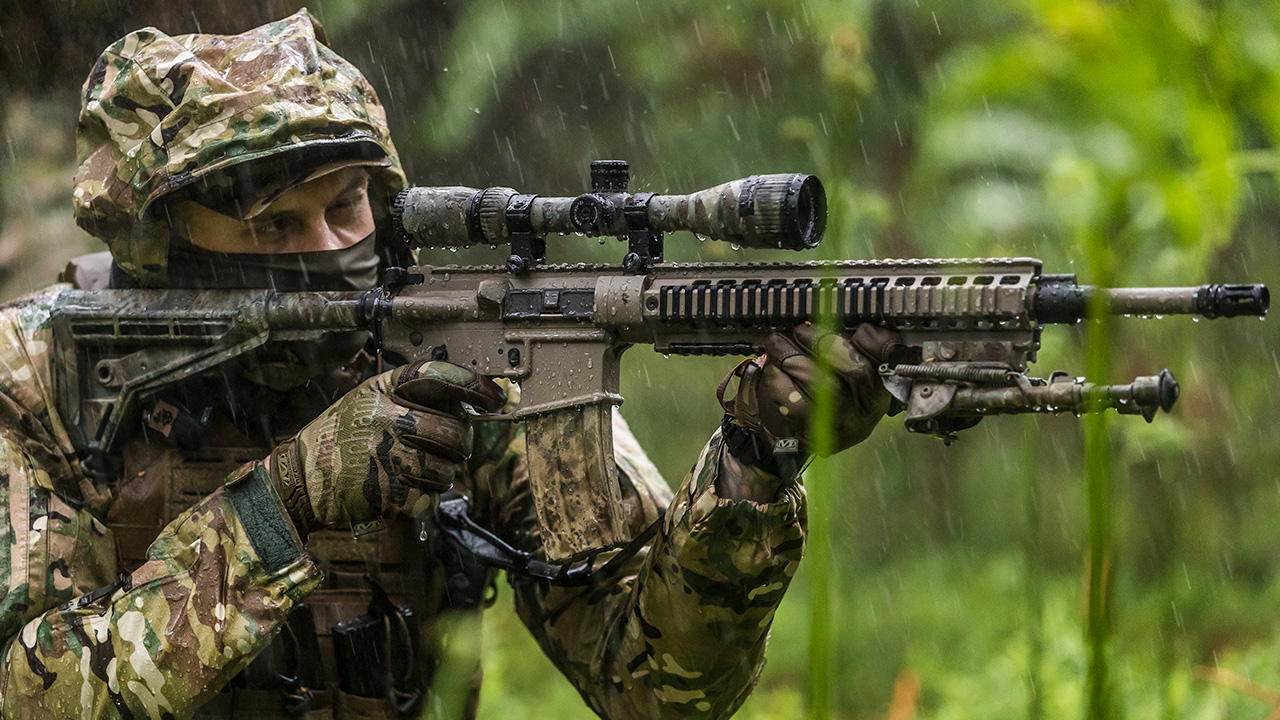
Gloves
Scaling walls, climbing ropes, or even just digging holes can over time do severe damage to your hands. For that reason, gloves are a vital piece of tactical gear. The better-made they are, the better the job they do protecting your hands.
(The counterpart to a good pair of gloves is a good pair of tactical socks for protecting your feet).
Some tactical gloves come with padded knuckles for use in combat.
Tactical Watches
You need to be on time if you’re a purpose- or mission-driven operator. So, it stands to reason that you need to wear a high-quality tactical watch.
Tactical watches are durable. The latest models can even monitor biometrics, telling you all about heart and respiratory rates, body temperature, and other useful bits of intel about your body’s condition at that moment.
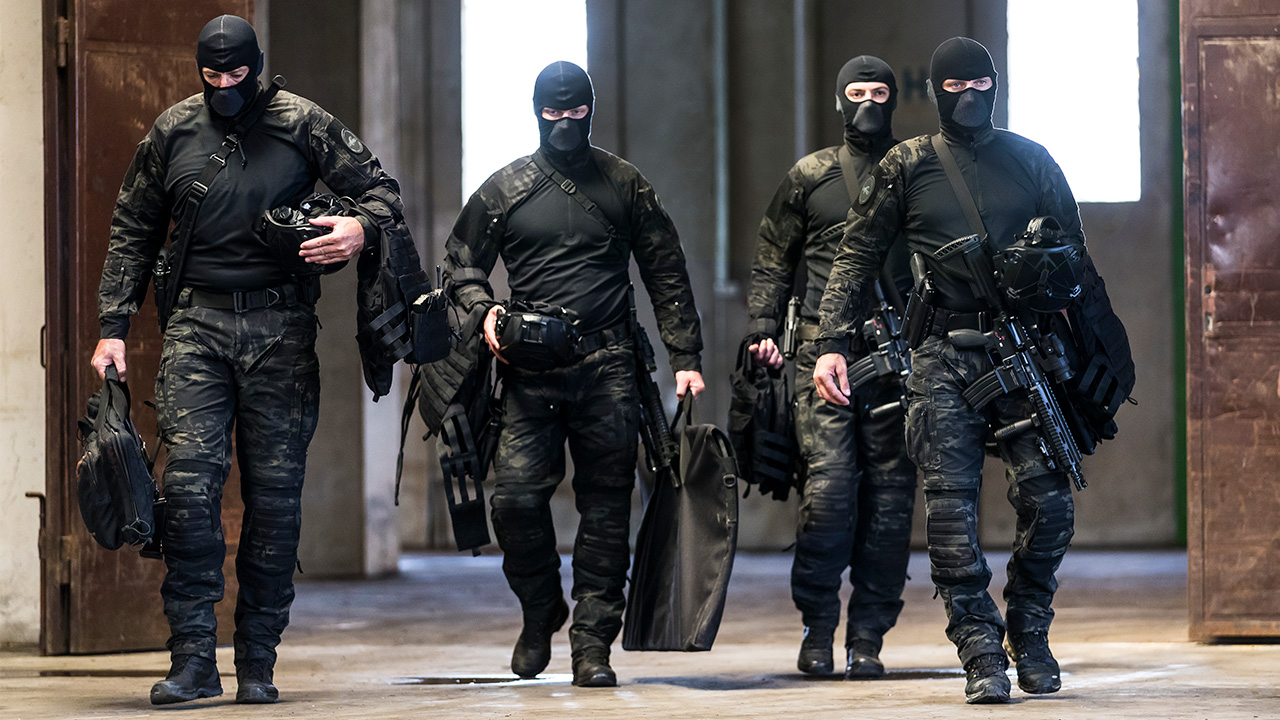
What Does ‘Tacticool’ Mean?
The term “tacticool” is a way to describe the fusion occuring between the tactical community and the rapidly growing EDC crowd—people who are looking to walk the fine line between preparedness and sociability.
In other words, tacticool is an expression that captures the desire to forego full-camo BDUs in favor of wearing khaki tactical pants that look as great in the office as they do out at the range.
People who are tacticool view tactical gear as everyday stylish attire but without coming across as over-the-top survivalists or newly discharged military vets making their way back home.
Make no mistake, there is indeed an element of high-fashion when it comes to tactical gear. Could be a nice hat with a tactically themed logo. Or it could simply be any piece of gear that tells the world about your level of tactical preparedness.
Conclusion
Tactical gear was born out of military necessity and has since become a popular choice of dress for those wanting to play the EDC card or just simply look the part. From backpacks to boots, tactical gear has been modified for civilian use—and in ever-increasing degees of quality.
Expect the popularity of tactical gear to continue growing, and not just because the products are becoming better-made and more diverse.
It’s also because of the reality of threats in our modern world—the fact is, people more and more desire to be equipped to keep themselves and their families safe in these troubled times.
What else can be said about tactical gear? Well, it’s designed to be durable. It’s also designed to carry weapons, which, at the end of the day, is its core function (civilians attuned to concealed carry and self-defense find benefit in that particular characteristic of tactical gear).
Throughout history, civilizations have adopted clothing that emulates the attire of warfighters and society’s strongest. Today is no different. As a result, you can count on the trends surrounding tactical gear and the market that has sprung up to satisfy them to not soon disappear.

